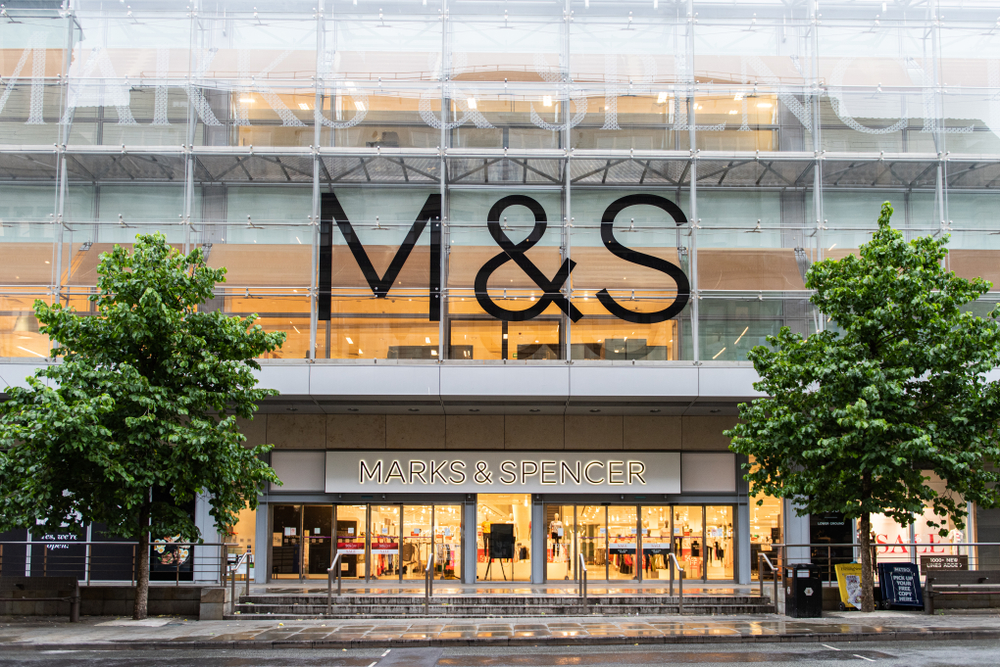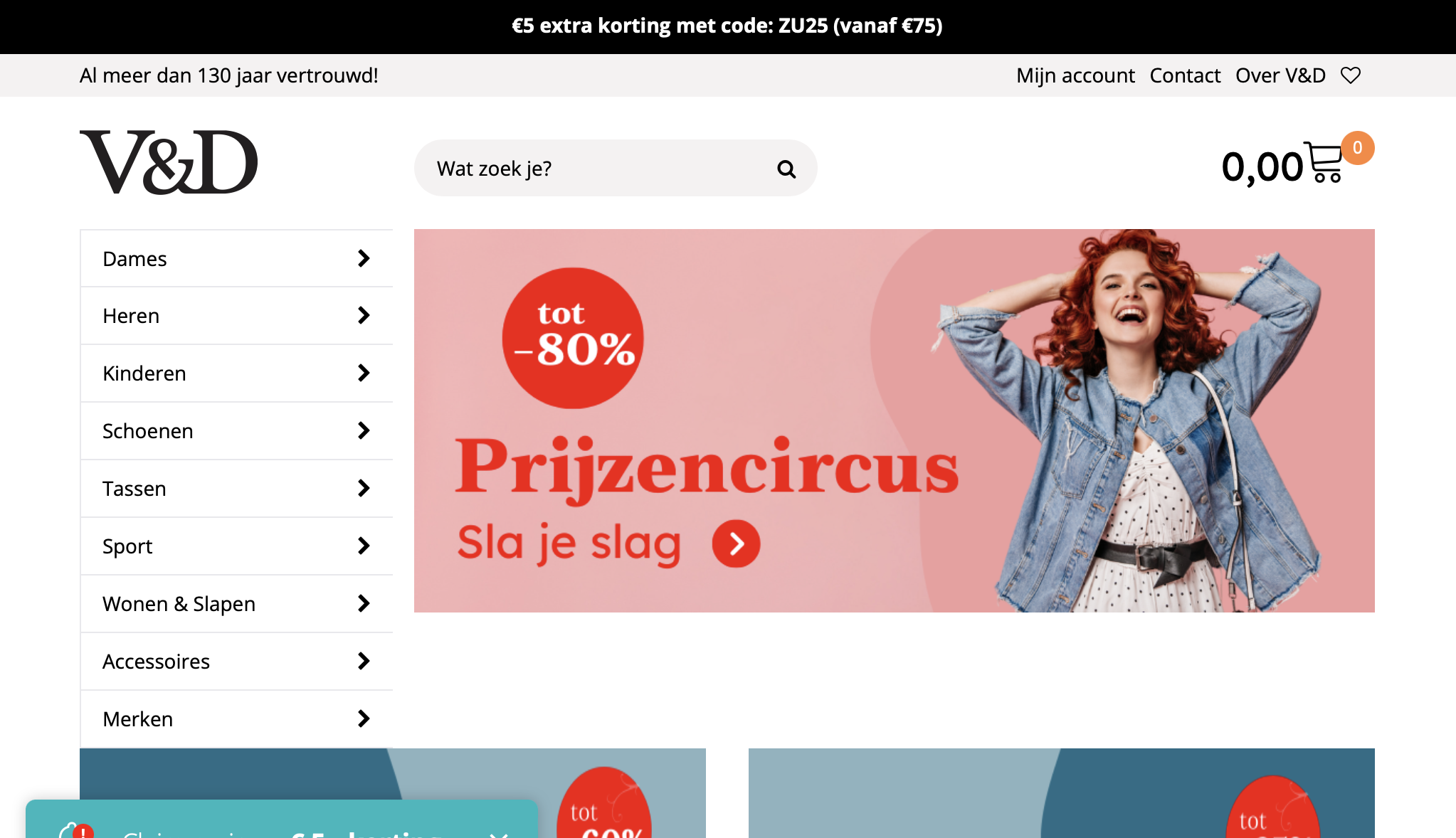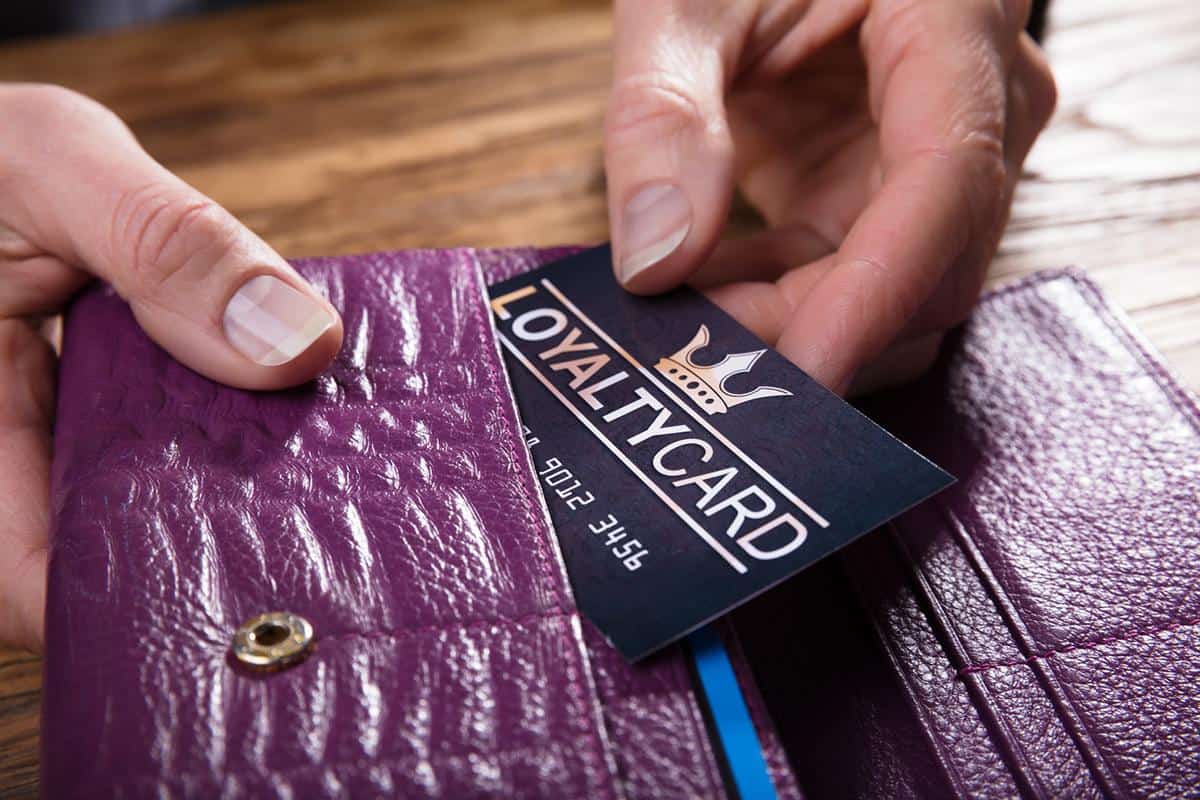Sainsbury’s said today that it is working on the assumption that lockdown will continue to the end of June, but that the business will be disrupted until the end of the first half of the year, in mid-September.
That lockdown has brought dramatic changes to the business, as it limits the numbers that can go into stores at any given time, and introduces a range of social distancing measures while encouraging the use of its SmartShop technology to check out. Today the Sainsbury’s group showed two very different pictures of trading between the full-year, to March 7, and the seven weeks after that, which we explore below – and also look further long-term.
How shoppers are buying now
Shoppers have moved online fast, and Sainsbury’s has responded by expanding its delivery capacity by nearly 50%. Its ambition is to make 600,000 slots available each week, prioritising older and vulnerable shoppers. In the first seven weeks of its current financial year, to April 25, grocery sales grew by 12%, contrasting with growth of 2% in the last nine weeks of the previous year. Sales have varied enormously within those seven weeks, rising by 29% in the week of March 14 and by 48% in the week of March 21. But in the week of March 28 they fell by 4%, and in the Easter week of April 18 they were 15% down.
While grocery sales have risen, general merchandise sales within supermarkets have fallen by 22%, where previously they were down by 8.1%, and Tu clothing sales are down by 53% where previously they were 2.5% up. This, said Sainsbury’s, reflected its decision to prioritise grocery deliveries.
Argos has become an online-only retailer, with all its 573 standalone shops closed since March 24, although customers are able to collect their orders from its digital format stores within more than 300 branches of Sainsbury’s. Sales were stronger in the early days of the lockdown, as customers equipped themselves to both work from home and spend more time at home. Since then, growth has moderated and, since March 24, has been affected by the closure of its stores and that staff are not able to take goods such as washing machines and furniture into customers’ homes. General merchandise sales at Argos have grown by 9% in the first seven weeks, contrasting with 0.4% in the final weeks of the previous year. Sainsbury’s total retail sales, excluding fuel, are up by 8%, where they were up by 1.3% in the final weeks of the previous year. But fuel sales are down by 52%, where they had been up by 4.9%.
The retailer said that its operating costs would be “materially higher” than budgeted, especially on staff working in retail and logistics, and in-store. It also expects to have to discount to clear clothing and other seasonal items. It has taken the decision not to furlough staff or to delay VAT but is moving staff to different roles within the business where possible, and it will benefit from business rates relief worth about £450m.
Sainsbury’s chief executive Mike Coupe said: “The last few weeks have been an extraordinary time for our business. First and foremost, I want to say thank you to all of our colleagues. They have shown outstanding commitment and resilience over the past few weeks and I am in awe of their adaptability and the efforts they have made to continue to serve our customers.
“Across every part of the business, colleagues have played their part as we have done everything possible to feed the nation and to prioritise those who are least able to access food and other essential services. This is an unsettling time for everyone, but I am incredibly proud of the way the business has responded, continually adapting and responding to customer feedback. We will continue to work hard to provide food and other essential products to households across the UK and Ireland who are adapting to a new way of living.”
How Sainsbury’s expects customers to buy longer-term
Looking further ahead, the retailer’s “base case” now expects lockdown conditions to be in place until the beginning of June, and that the business won’t be back to normal until the end of the first half of its financial year in mid-September. It also expects that shoppers will spend less on general merchandise and on clothing as economic conditions weaken.
Sainsbury’s expects grocery sales to grow by less than 10% during the lockdown and over the rest of first half, as customers eat more of their meals at home, rather than in schools, at work, or in cafés and restaurants.
It expects Argos general merchandise sales to be more than 10% down during lockdown, while stores remain closed, and through the first half as shoppers spend less generally. It expects the rate of decline will then fall well below 10% in the second half.
Fuel sales, meanwhile, are expected to continue to fall as they are now, but to return to normal in the second half of the year.
How shoppers bought last year
Today’s Sainsbury’s full-year figures cover a year that ended shortly before the coronavirus pandemic began to be felt in retail. In that year, its customers spent slightly more on groceries (+0.4%), with online sales (+7.6%) growing faster than in store (-0.1%). They spent more on its Tu clothing brand (+1.2%) as the retailer moved further away from discounting – with the biggest growth in spending coming online (+47%) but less at its general merchandise business (-7.6%) which includes Argos and Habitat as well as Sainsbury’s general merchandise sales.
In the year to March 7 2020, the retail group turned over £28.99bn, excluding VAT. That’s 0.1% down on the same time last year in total, and it’s 0.6% down on a like-for-like basis, which strips out the effect of store openings and closures.
Pre-tax profits came in at £255m, up by 26% from the previous year, when the retailer had paid a higher tax charge.
Sainsbury’s trades from 451 supermarkets and 362 convenience stores as well as online. Argos trades from 573 standalone shops, within 306 Sainsbury’s supermarkets, while 184 of its convenience stores support Argos click and collect. It introduced its Pay@Browse service to 386 Argos stores, enabling shoppers to pay while ordering online in Argos stores and then collect as soon as the order is ready. The group also owns the Habitat homewares brand, which makes more than 68% of its sales online, and the remainder in five standalone stores, and 11 stores in branches of Sainsbury’s.
During the year, Sainsbury’s also rolled out its SmartShop technology to all of its supermarkets, enabling customers to scan shopping and check out either on in-store handsets or on their own smartphones. SmartShop sales already account for up to 20% of sales in some shops. Its Nectar loyalty programme now has more than 18m members, making it, says Sainsbury’s, the biggest in the world. More than 4.5m people have downloaded the app, which offers personalised offers, promotions and rewards.
Sainsbury’s has introduced Internet of Things technology to manage aspects of stores from refrigeration and lighting to ventilation and air conditioning. The group has also committed to invest £1bn over 20 years to make its operations net zero by 2040. It has delayed a decision on its full-year dividend.
Image: InternetRetailing Media/ Paul Skeldon








